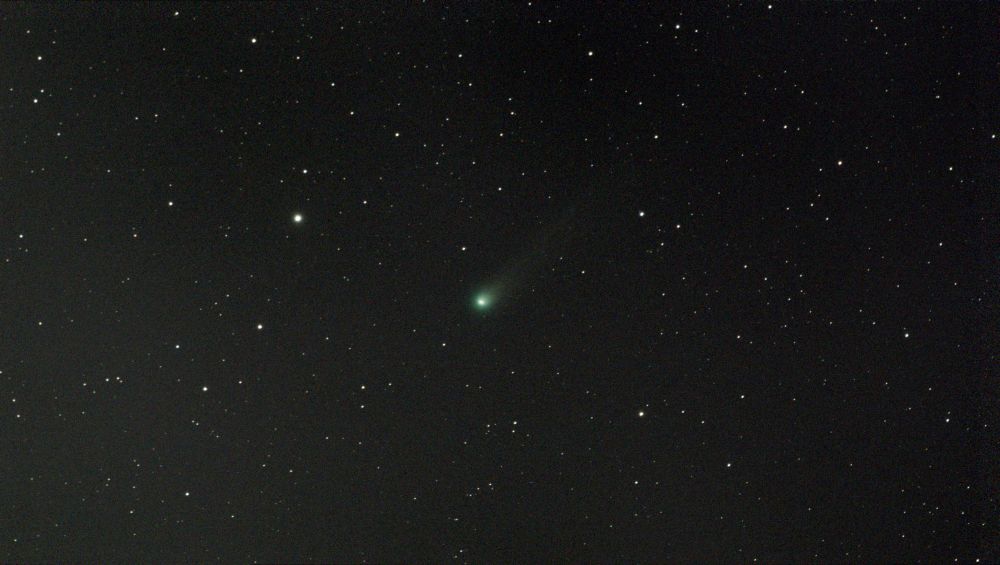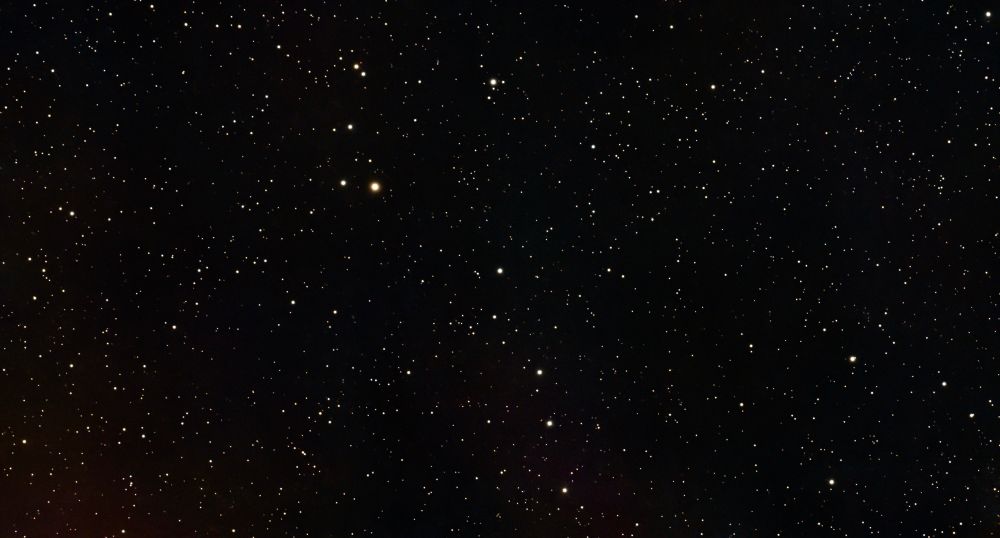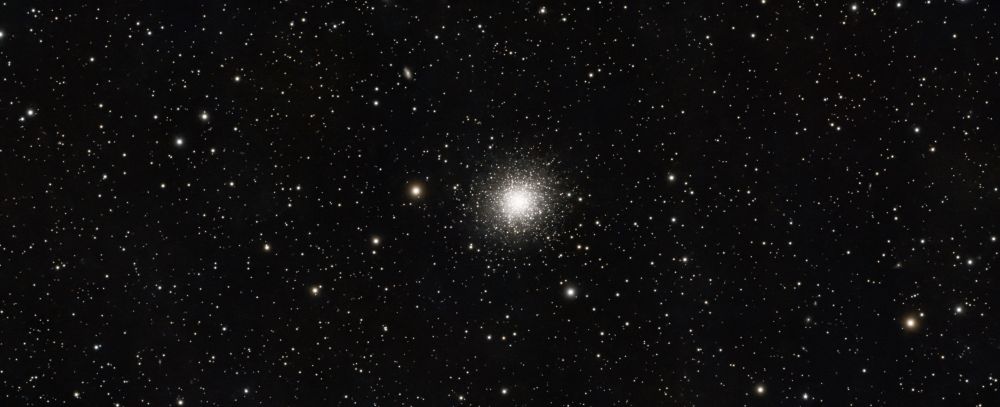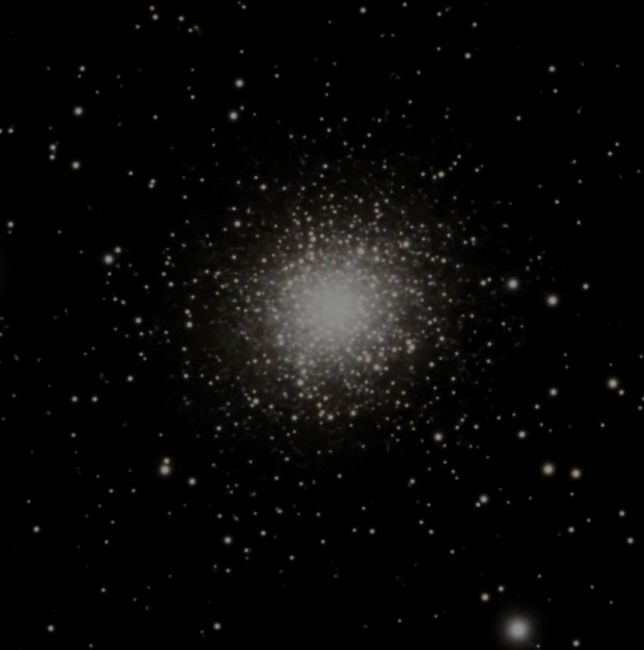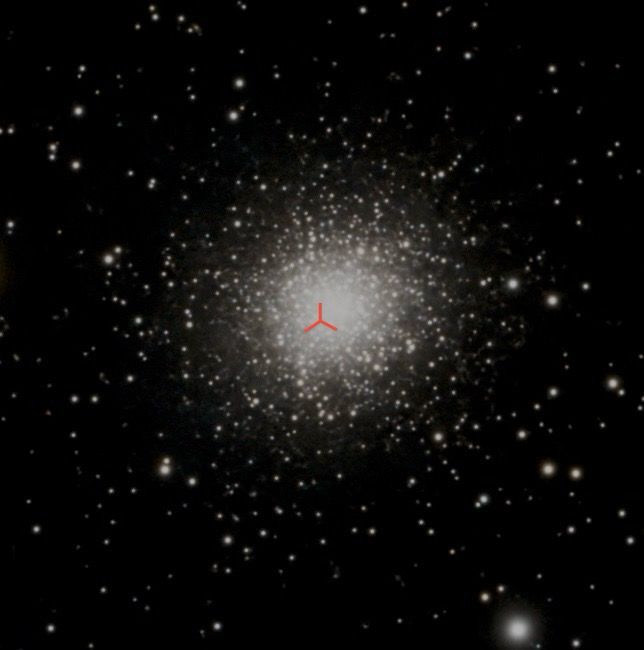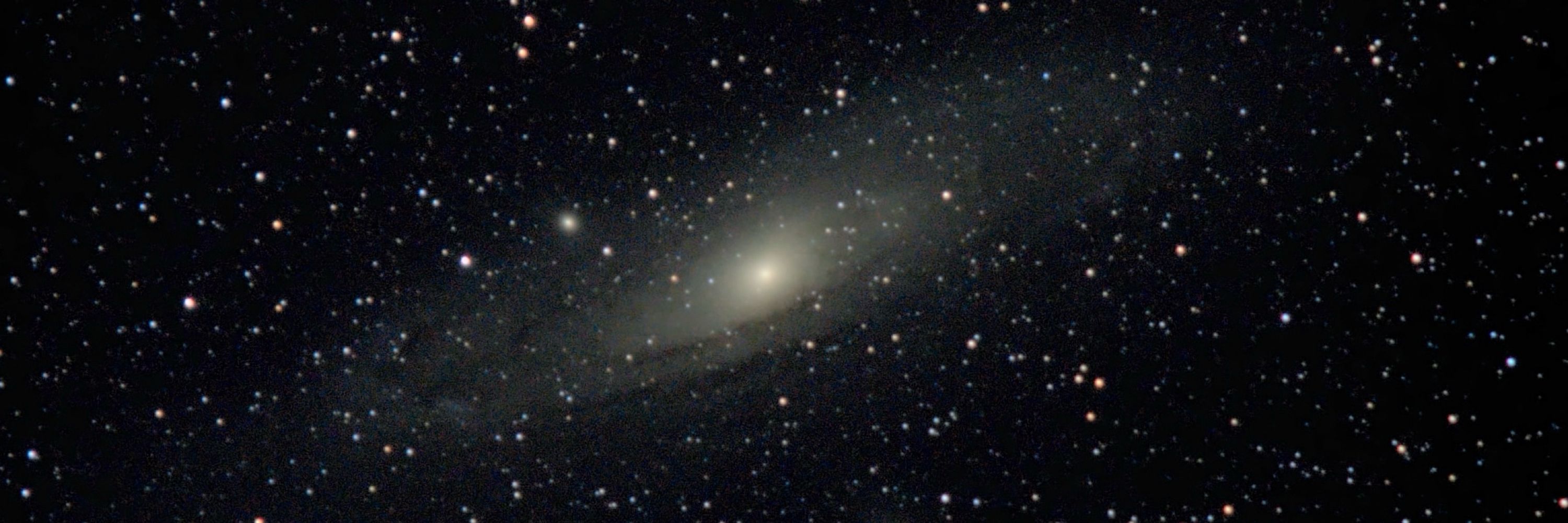
MCL
@marcllaguno.bsky.social
320 followers
270 following
72 posts
Clear skies enthusiast
Posts
Media
Videos
Starter Packs
MCL
@marcllaguno.bsky.social
· Jun 27
MCL
@marcllaguno.bsky.social
· Apr 22
MCL
@marcllaguno.bsky.social
· Apr 19
Reposted by MCL




